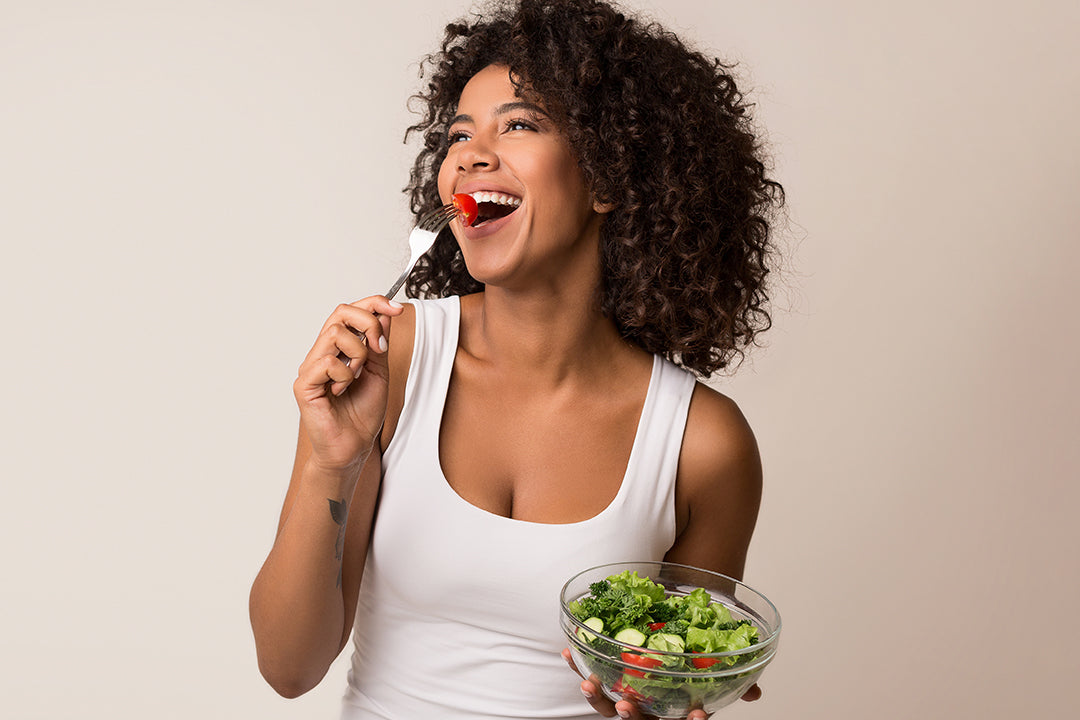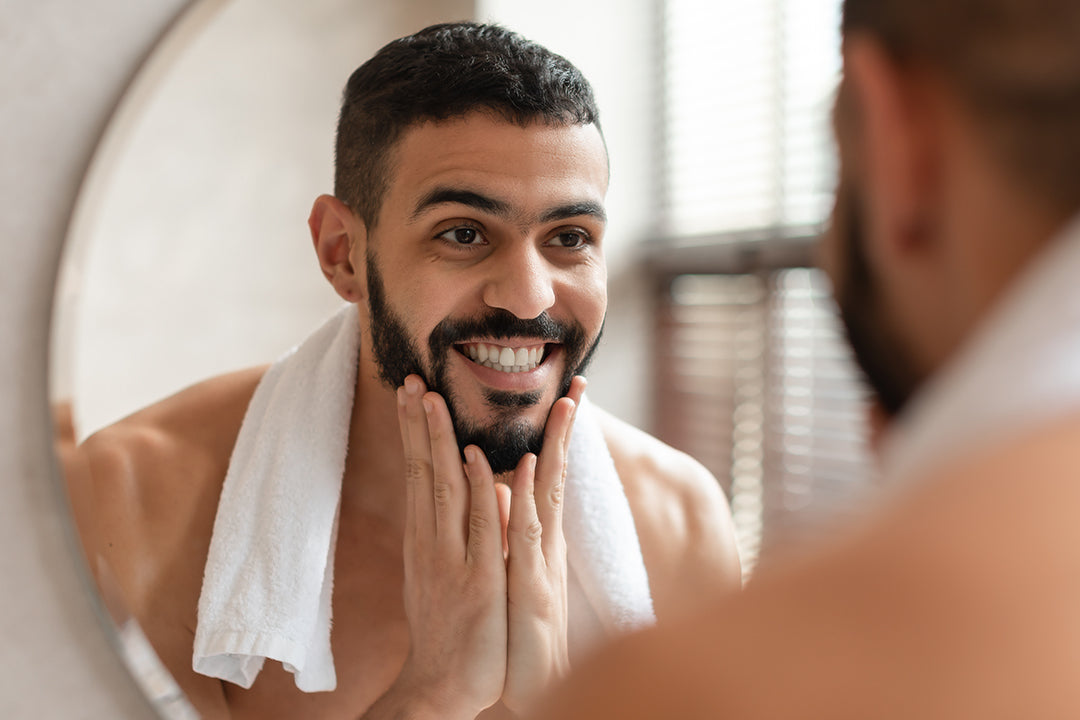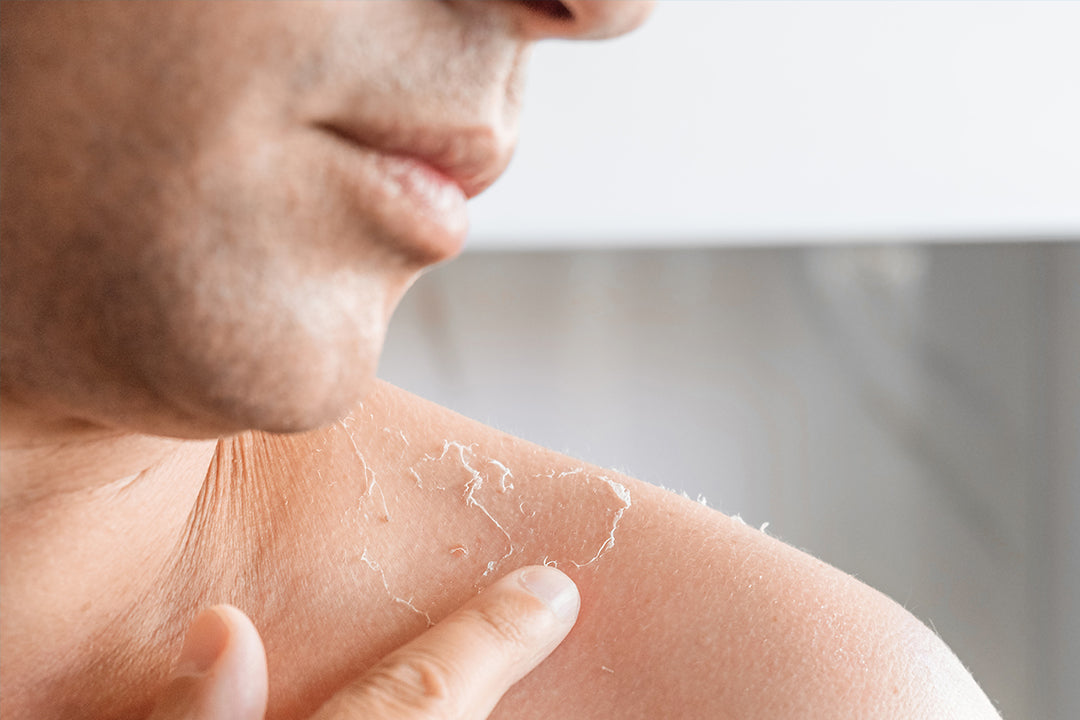Hey there, skincare enthusiasts! Have you ever wondered about the difference between spots and pimples? Well, you're not alone. Many people use these terms interchangeably, but there are actually some key distinctions between the two. In this blog post, we'll dive deep into the world of spots and pimples, exploring their causes, characteristics, and the best ways to treat them. So, let's get started!
The Anatomy of a Spot
Let's begin by understanding what exactly a spot is. Spots are clogged pores caused by the build-up of dead skin cells and excess sebum (oil) that become infected with bacteria, resulting in plugged follicles. They can appear as small red bumps, whiteheads, blackheads, papules, pustules, nodules, or even cysts.
What About Acne?
Now, you might be wondering, how is acne related to spots? Well, acne is a skin disorder characterized by the presence of spots. In fact, acne is a broader term that encompasses various types of spots. These include whiteheads, blackheads, papules, pustules, nodules, and cysts. So, spots are a symptom of acne.
Understanding the Types of Pimples
To effectively treat pimples, it's helpful to know the different types:
1. Whiteheads: Small, white bumps filled with pus.
2. Blackheads: Open comedones that appear as dark spots on the skin.
3. Papules: Small, red, tender bumps.
4. Pustules: Papules with a white tip filled with pus.
5. Nodules: Large, painful, under-the-skin bumps.
6. Cysts: Deep, painful, pus-filled lumps.
Causes of Spots and Acne
There are several factors that can contribute to the formation of spots and acne. Hormonal changes, such as those that occur during puberty or menstruation, can increase sebum production and lead to clogged pores. Other causes include bacteria, excess oil production, certain medications, and even certain skincare products.
How to Treat Spots and Acne
Now that we know the difference between spots and acne, let's explore some effective ways to treat them. Here are a few tips:
1. Cleanse: Start by cleansing your skin with a gentle cleanser to remove dirt, oil, and bacteria.
2. Exfoliate: Regular exfoliation can help remove dead skin cells and unclog pores. Look for products containing ingredients like glycolic acid or salicylic acid.
3. Treat: Use spot treatments or serums that contain ingredients like benzoyl peroxide, retinol, or tea tree oil to target and heal spots.
4. Moisturize: Even if you have oily skin, it's important to moisturize to maintain a healthy skin barrier. Look for lightweight, non-comedogenic moisturizers.
5. Protect: Don't forget to protect your skin from the sun's harmful UV rays. Use a broad-spectrum sunscreen with an SPF of 30 or higher.
Preventing Future Breakouts
1. Follow a consistent skincare routine: Cleanse, tone, and moisturize daily.
2. Exfoliate regularly: Remove dead skin cells to prevent clogged pores.
3. Manage stress: Stress can contribute to breakouts. Find healthy ways to relax.
4. Watch your diet: Some studies suggest that a diet high in sugary foods and dairy may worsen acne.
QRxLabs: Your Skincare Solution
At QRxLabs, we understand the importance of finding skincare products that are effective yet gentle on the skin. That's why we've developed a range of high-quality skincare products that are free of parabens and silicones. Our products, such as glycolic acid toners, retinol serums, and niacinamide creams, are designed to target various skin concerns, including spots and acne.
FAQs
1. Are spots and pimples the same thing?
No, spots are a symptom of acne, whereas pimples are a specific type of spot.
2. Can I pop my spots or pimples?
We don't recommend popping spots or pimples as it can lead to further inflammation, scarring, and potential infection. It's best to let them heal naturally or seek professional advice.
3. How long does it take for spots and pimples to heal?
The healing time can vary depending on the severity of the spots or pimples. It can range from a few days to several weeks. Consistent skincare routine and proper treatment can help speed up the healing process.
Takeaways
Now that you know the difference between spots and pimples, you can better understand your skin and choose the right skincare products to treat them. Remember, consistency is key when it comes to skincare. Stick to a regular routine and be patient with the healing process. And if you're looking for mild yet effective skincare products, be sure to check out QRxLabs for a wide range of options. Take care of your skin, embrace your natural beauty, and let your confidence shine through. Happy self-care, everyone!









